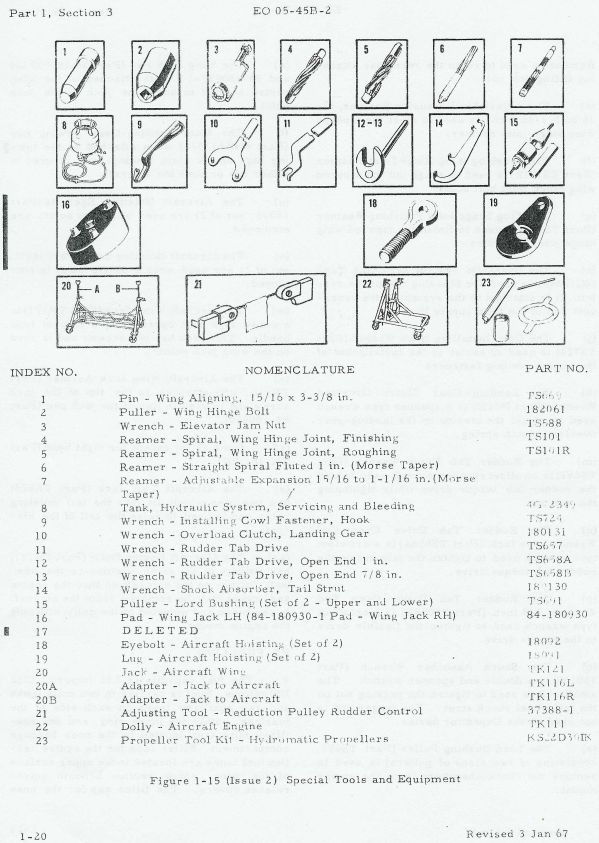Phase 2 Details
Purchase of Expeditor 426
Expeditor 426 Research
Setting up a Workshop
Acquisition of Tool Crib Tools
Purchase of Expeditor 426
In 1999, Pres M. Balodis was doing his flight training out of St. Andrews airport in Manitoba.
Something that his Multi Engine instructor did that wasn’t all that common at the time was to have two students in the same airplane. The belief was that multi engine flying was (and still is) rather expensive. With two students in the airplane one student was able to watch what the other student was doing during his hour of flight training, and so more training was done, and a higher quality of training was completed.
To allow the students to change seats safely, the airplane would be landed at Gimli – a local airport – and both students would get out of the airplane and then change seats.
One day when a lesson was in progress and the airplane was landed at Gimli, Balodis noticed two old Expeditors sitting on the edge of the apron in rather bad shape. He took one quick look at them, and – while thinking as a pilot – was under the impression that they wouldn’t be able to fly again.
A few years after that, Balodis took his AME M1 (app) course, and realised that the Expeditor that he saw wasn’t really in as poor condition as he had initially thought. He then placed a call to the Western Canadian Aviation Museam (located in Winnipeg, Manitoba) and put an offer on the airframe. The offer was accepted, and the airframe was moved to a Quonset hut in Gimli for storage and safekeeping – where it remains to this day.
Expeditor 426 Research
Well, after much anticipation, a lot of hard work - and truthfully, a little luck - Time Travel Air finally has the relevant RCAF documents relating to Expeditor 3N D 18 S 1426.
Many leads were looked into, including many notable libraries and museums (The National Archives, the Twin Beech 18 Society and the Western Canadian Aviation Museum, to name a few), but in the end, the information was right where we were told it would be at the beginning of this long search.
Almost at the beginning of this long search for information, TTA heard that the National Aviation Museum apparently had four filing cabinets full of information about all different aspects of the RCAF. However, due to differing priorities and real or imagined time restrictions, the access to the four filing cabinets full of non-classified data was repeatedly denied.
Without any technical data, Time Travel Air could not dismantle the airframe and have it shipped for fear of violating very specific regulations set out by Transport Canada. Not only that, but the other effect of not being able to ship the aircraft was that TTA would have to continue to pay for inside storage - and would have to keep doing so until the data was released.
For not quite three years, many different people and organizations were approached and asked if they had anything in their archives and could they check them for us. And we kept searching, knowing full well that the data that we needed was at the National Aviation Museum and the chances of finding anyone else with the needed data was remote, at best.
Finally, in the days just before Christmas in 2005, the request to look in the four filing cabinets was granted.
And, after two and a half hours of searching, the data was found.
A small handmade flip top binder was found with the different types of aircraft that the RCAF had over the years. In the "Expeditor" section, there was a date that corresponded to the RCAF Data Record Card that TTA had obtained from the National Aviation Museum. However, beside that date was a strange four digit group of numbers and letters that did not correspond to any data on the RCAF Data Record Card.
When the third filing cabinet was opened, it was found that the entire filing cabinet was full of files with this code grouping.
Apparently, when an aircraft is removed from the RCAF - called Stricken Off Strength, or SOS'd - there is a report that is filled out called an Aircraft Condition and Inspection Report. In this report, it gives all the details and specifics about that particular airplane.
And, in that file folder with the strange four digit group of numbers, lay that report.
Finally, after just over three years of hard work, research - and luck - Time Travel Air has the Total Time on AirFrame (TTAF) or Time Since New (TSN) as it is referred to on the report.
6149 hours and 35 minutes.
And now, the real restoration work is about to start!
Setting up a Workshop
A workshop area has been set up with the Equipment and Supplies listed below. The addition of tools and supplies is an ongoing assignment, so there will always been more being added.
Acquisition of Tool Crib Tools
We are already making good headway in not only equipment and supplies, but of aircraft parts, too.

Image taken from EO 05-45B-2 page 1-20
From the files of TTA.
Which means, in the end, that Phase 3 has already started and is well on its way to completion.
